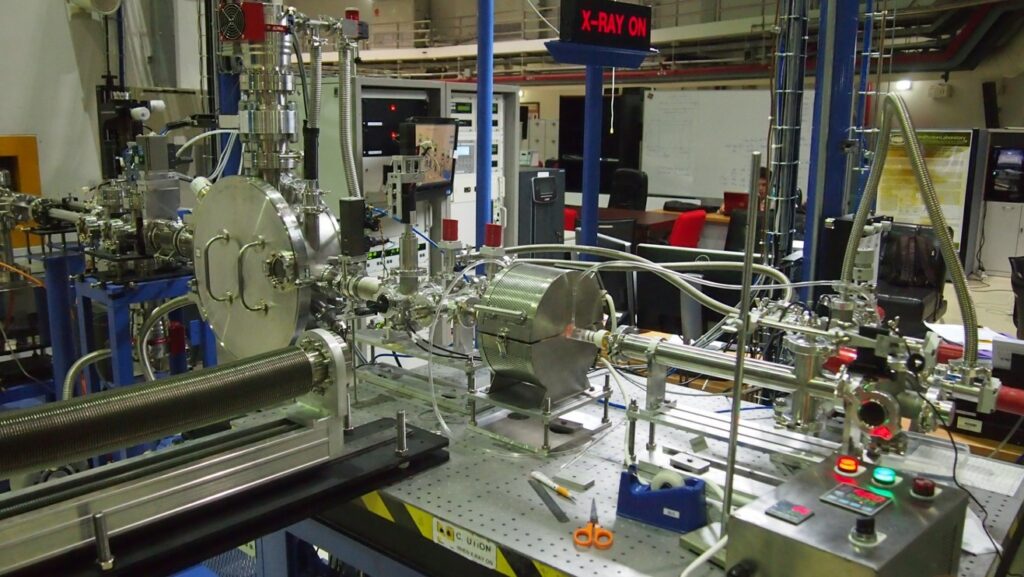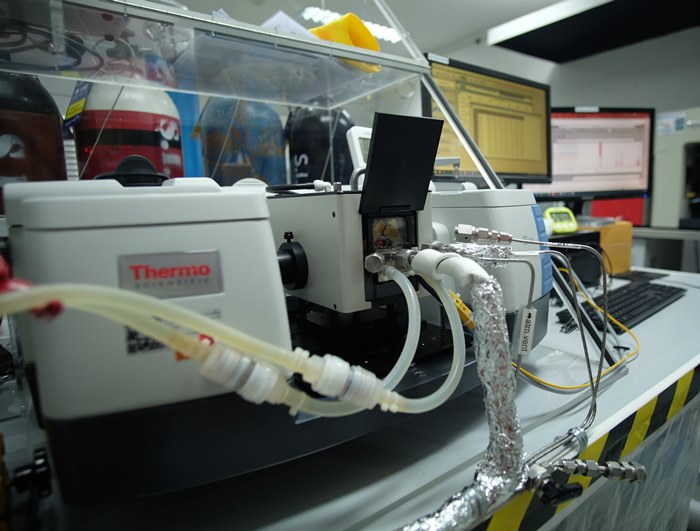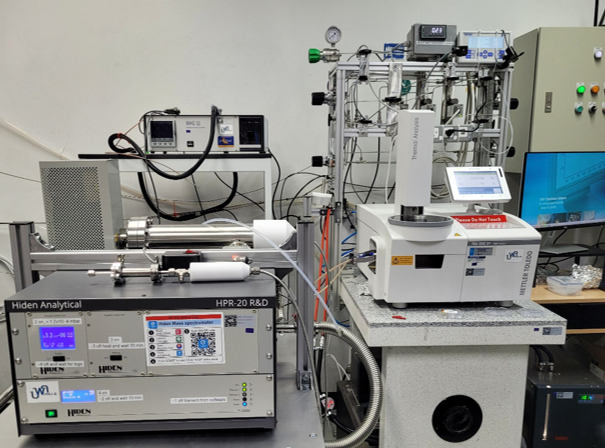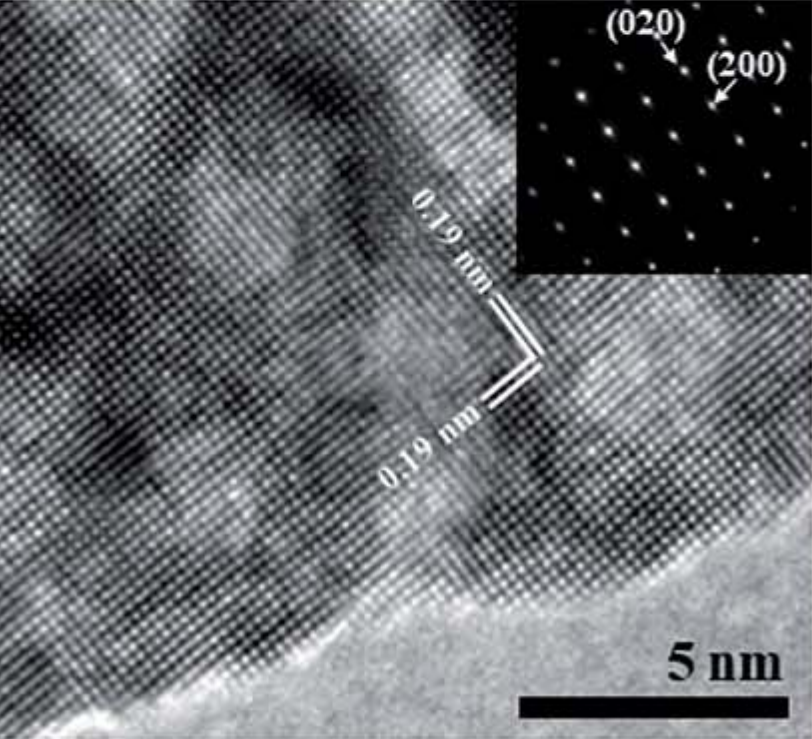Research
Materials Analytics
Several analytical tools are routinely used in our lab to characterize material properties. Our group is equipped with the following instruments:
- Gas sorption analyzer: probe gas includes N2 at 77 K; CO2 at 195 K; CO2, O2, N2, H2O at 0-60 C
- Porometer to determine pore size distribution in the macropore region
- Chemisorption analyzer using H2, NH3 , CO, CO2
- Infrared spectrometer
- UV-vis spectrometer
- CHNS elemental analyzer
- MS
- GC with FID, TCD and MS
- HPLC with RID, UV, MS detectors
We also have access to other instruments within NANOTEC and NSTDA. Typical instruments we used include nuclear magnetic resonance spectrometer (NMR), thermal gravimetric analyzer (TGA), scanning electron microscope (SEM), transmission electron microscope (TEM), X-ray fluorescence spectrometer (XRF), powder X-ray diffractometer (PXRD), single-crystal X-ray diffractometer (SXRD), X-ray photoelectron spectrometer (XPS).
Aside from these techniques, other advanced techniques are listed below.
In situ X-ray absorption spectroscopy

In situ X-ray absorption spectroscopy (XAS) is an element-specific technique to probe the oxidation state and the coordination of the element of interest under gas feed conditions. In collaboration with Synchrotron Light Research Institute (SLRI) and Suranaree University of Technology (SUT), we have developed an in situ cell for XAS. The cell can be heated upto 800 °C and flowed with several gases.
Operando Fourier transform infrared spectroscopy (FTIR)

We utilized a Fourier-transform infrared spectrometer (FTIR) equipped with a reaction cell capable of heating the catalyst (upto 550 °C) under atmospheric and pressurized gas conditions (upto 20 bars). The outlet of the reaction cell can also be analyzed using an online quadrupole mass spectrometer.
Several types of experiments can be performed on this setup including:
- In situ FTIR of adsorbed vapors/gases:
- pyridine (Lewis vs Brønsted acid sites)
- CO (electronic properties)
- CO2 (basic sites and CO2 adsorption)
- CD3CN (acid sites)
- Investigation of reaction intermediates under realistic conditions in gas phase and damped phase
In situ thermogravimetric analysis (DSC/TGA) with online mass spectrometry

Our TGA system is designed for two primary applications: gas sorption studies and biocoal analysis. Equipped with an automated sampling robot, the system enables continuous 24/7 operation.
For gas sorption, we have optimized the protocols to align with standard volumetric methods, allowing rapid screening of sorption properties. We can measure equilibrium capacity, sorption kinetics, and adsorption–desorption energetics from room temperature up to 1300 °C, under precisely controlled atmospheres including CO₂, O₂, N₂, He, air, and H₂O with tunable compositions.
For biocoal research, the system enables in situ biomass torrefaction and subsequent analysis of the torrefied material—all within a single run. Off-gas analysis and kinetic studies are also supported through integrated mass spectrometry.
This instrument is supported by grant from the NSRF via PMU-B under grant no B41G660049
Gas breakthrough analysis
Our custom-made gas breakthrough analysis is designed for study the gas adsorption under dynamic conditions of gas mixtures under ambient pressure. The system is equipped with gas mixing unit that can control the gas compositions of CO₂, O₂, N₂, He, air, and H₂O with tunable compositions. The system can operate automatically controlled by software and automatic valve controls.
We are also equipped with manual high-pressure breakthrough system.
The outlet is analyzed by online mass spectrometer.
Electron microscopy and microanalysis

Electron microscopy is one of the most powerful techniques that enables the analysis of morphology, atomic arrangements, nanostructure and localized elemental composition. We have extensive experiences in the following techniques:
- Transmission Electron Microscopy (TEM)
- High-resolution Transmission Electron Microscopy (HR-TEM)
- Scanning Transmission Electron Microscopy (STEM)
- High-angle Annular Dark Field (HAADF)
- Selected Area Electron Diffraction (SAED)
- Field-emission Electron Microscopy (FESEM)
- Energy-dispersive X-ray Spectroscopy (EDS)


